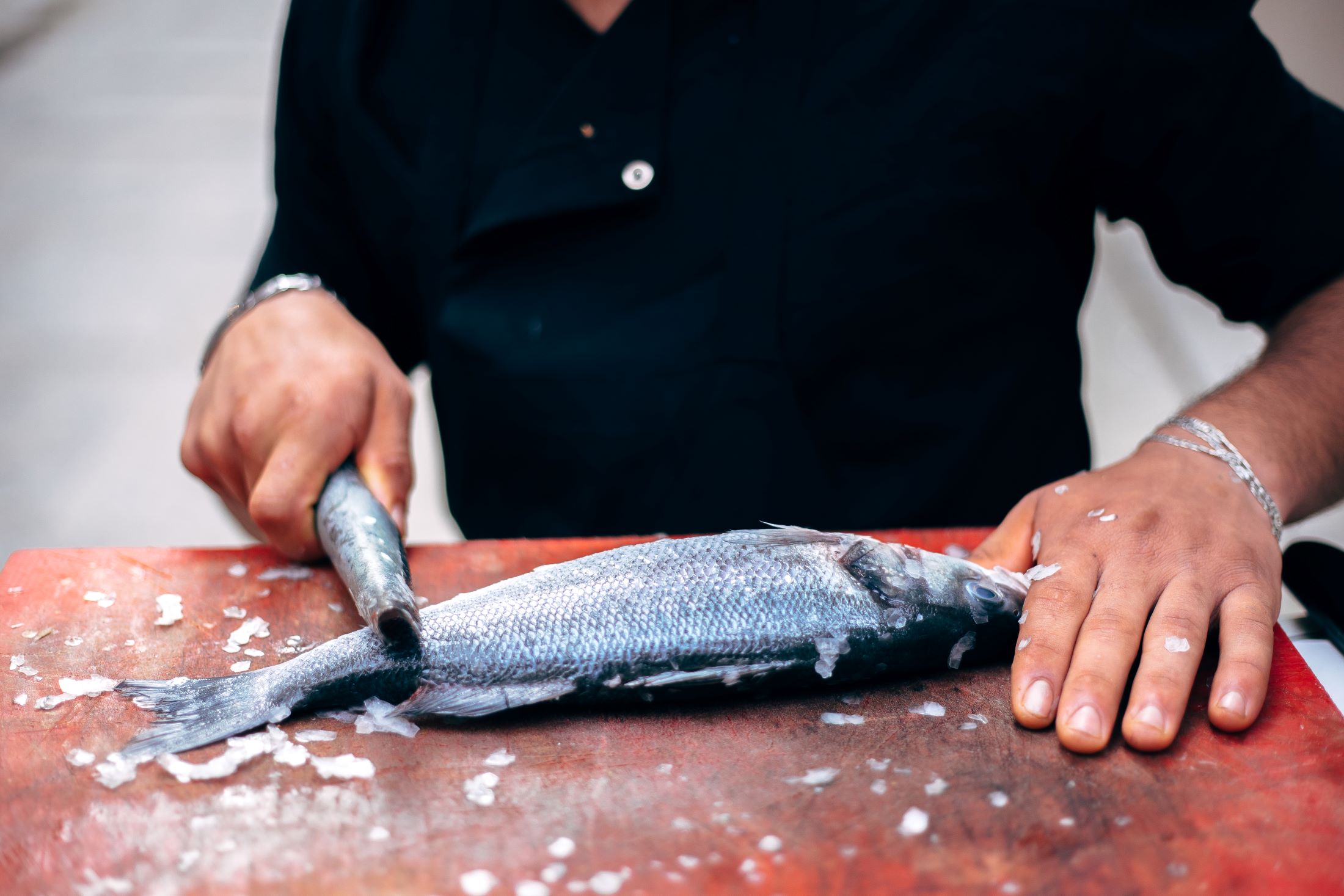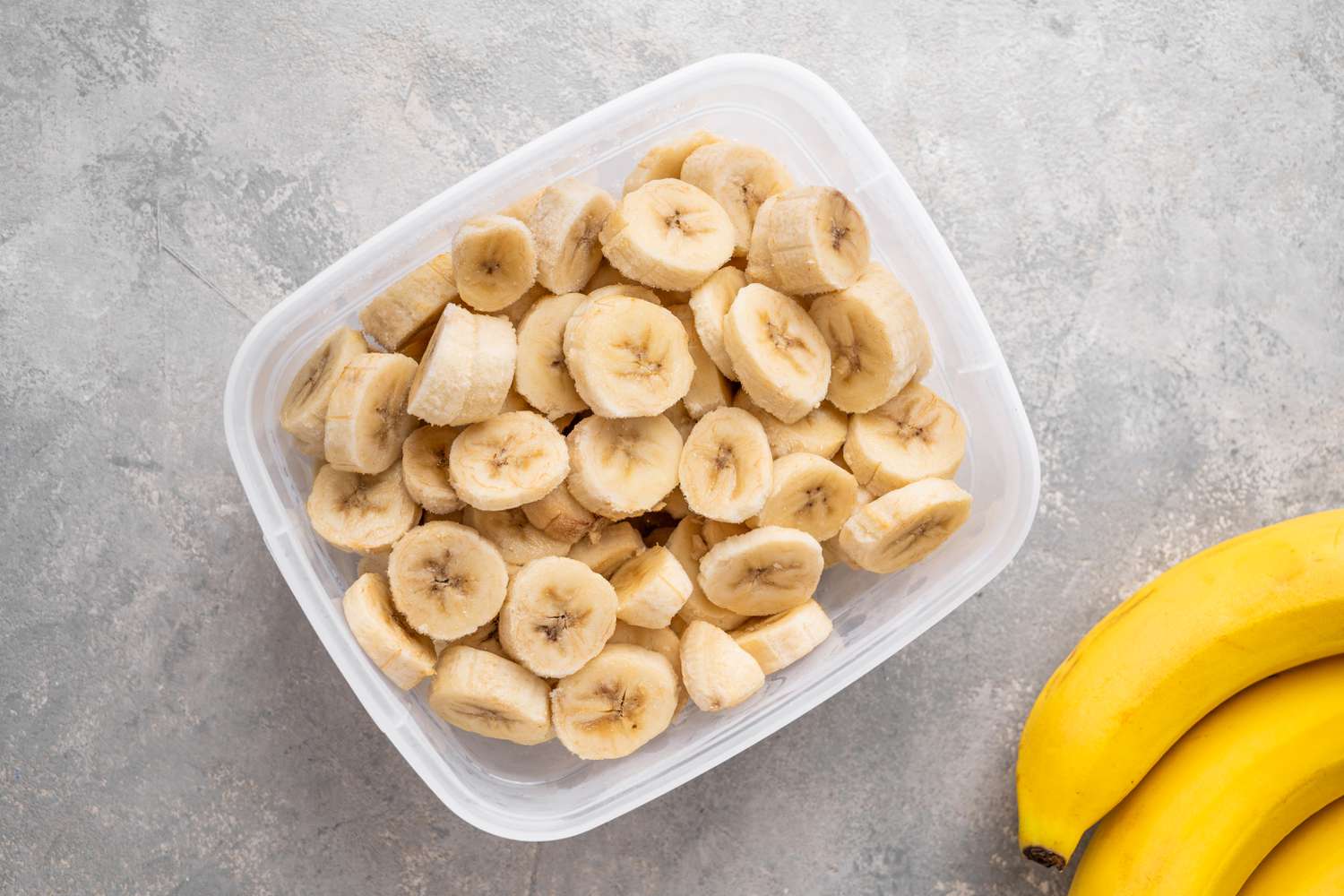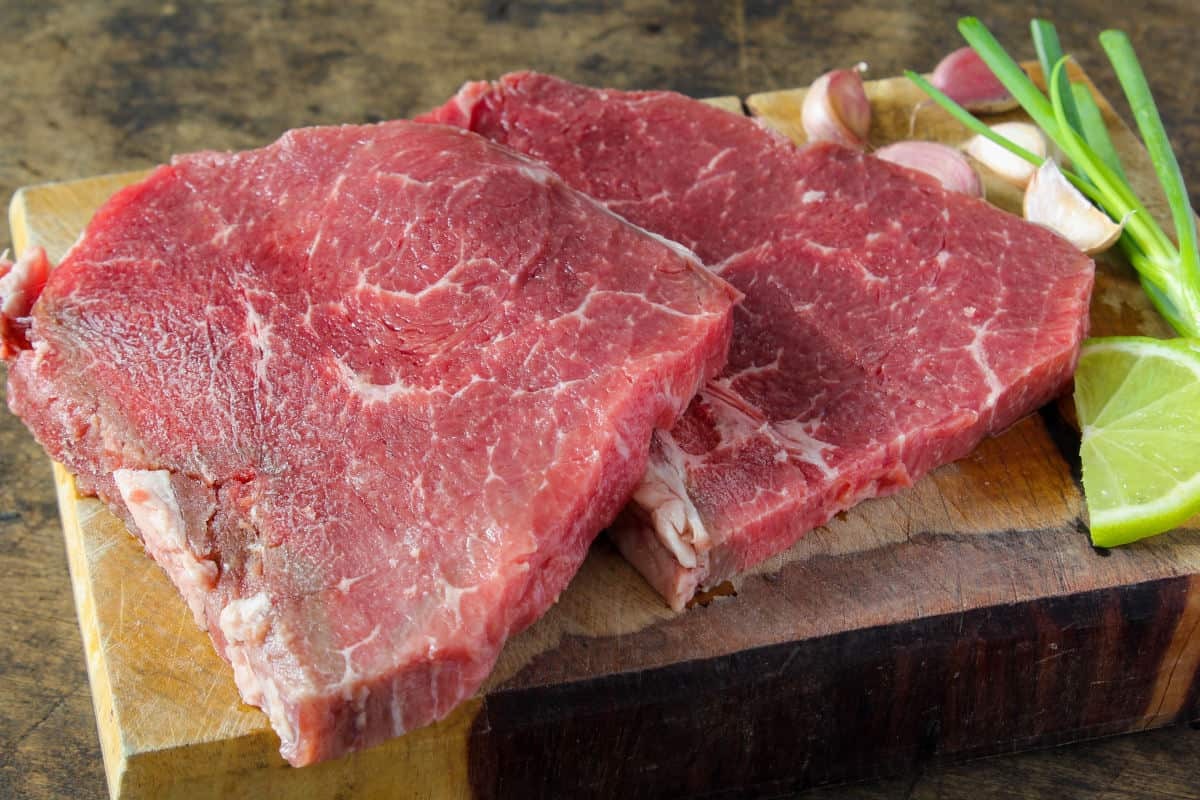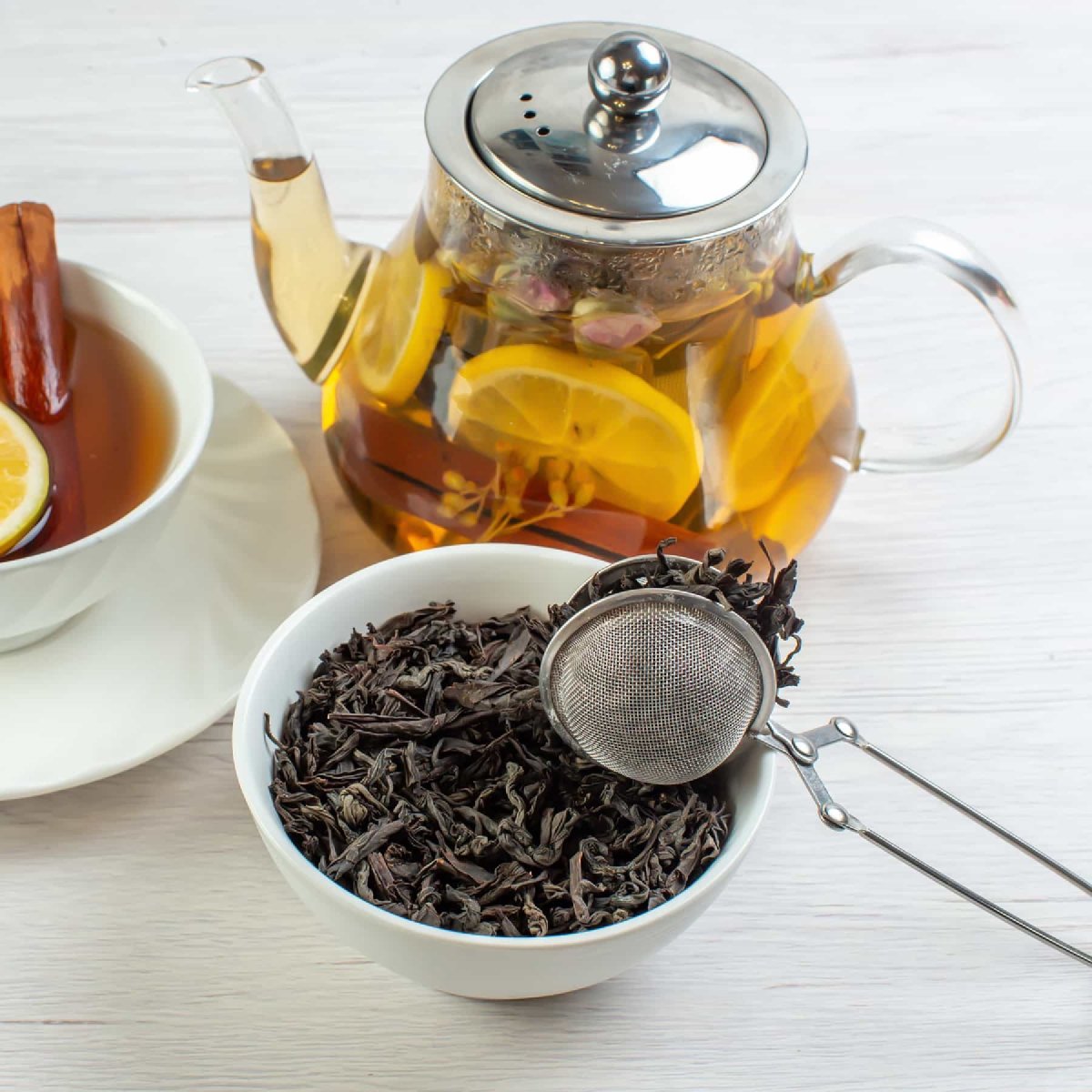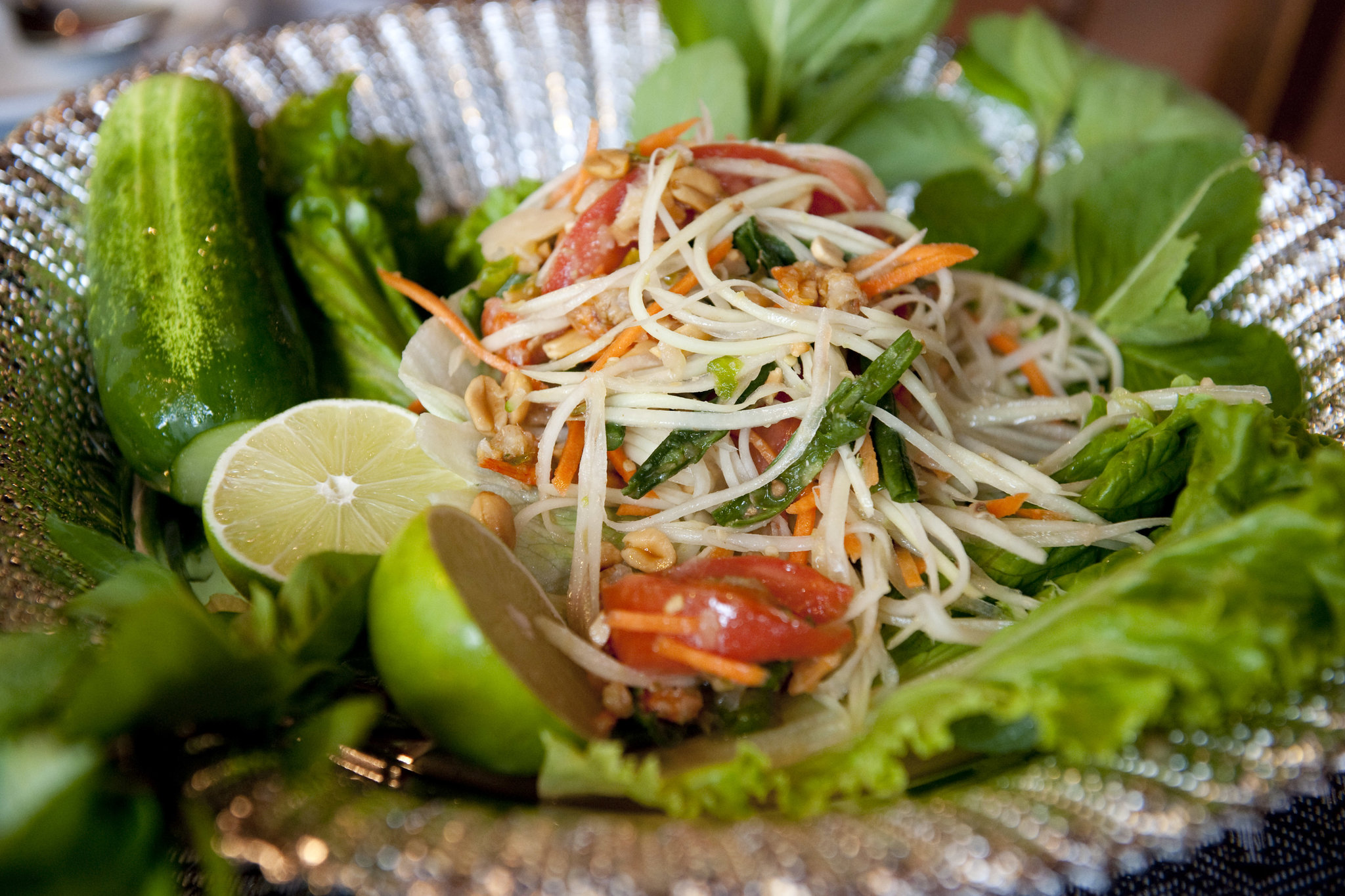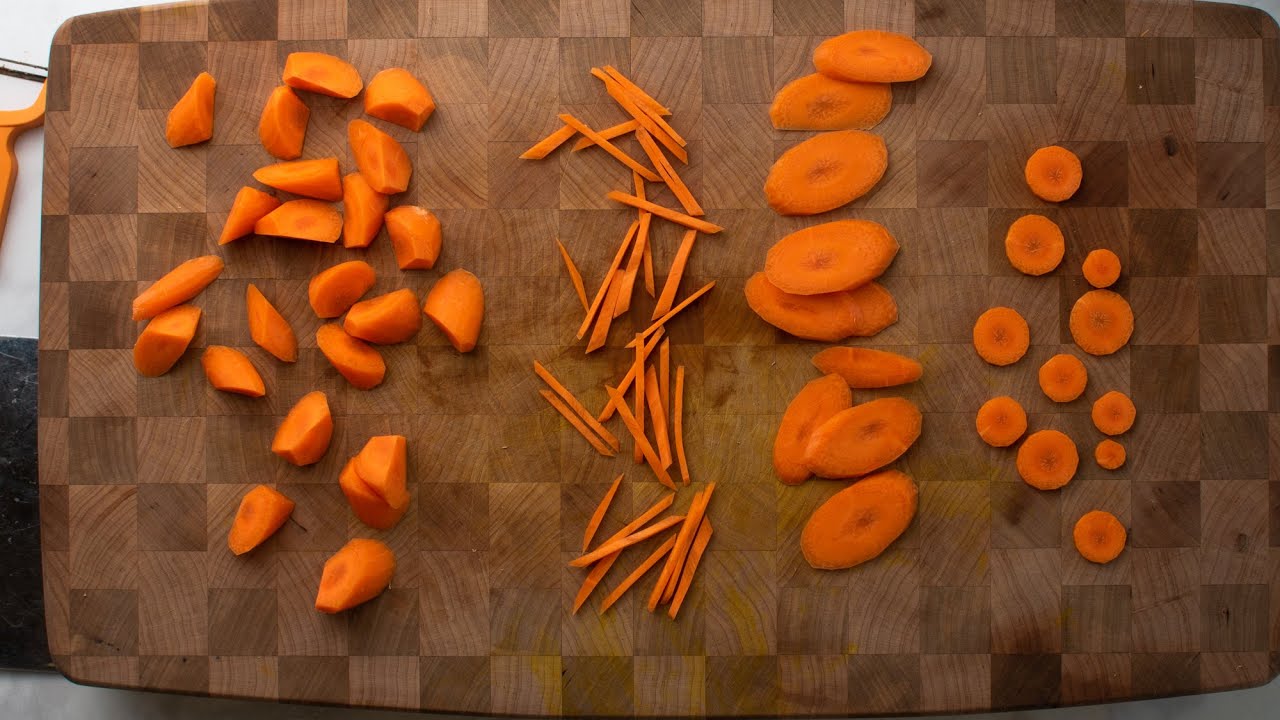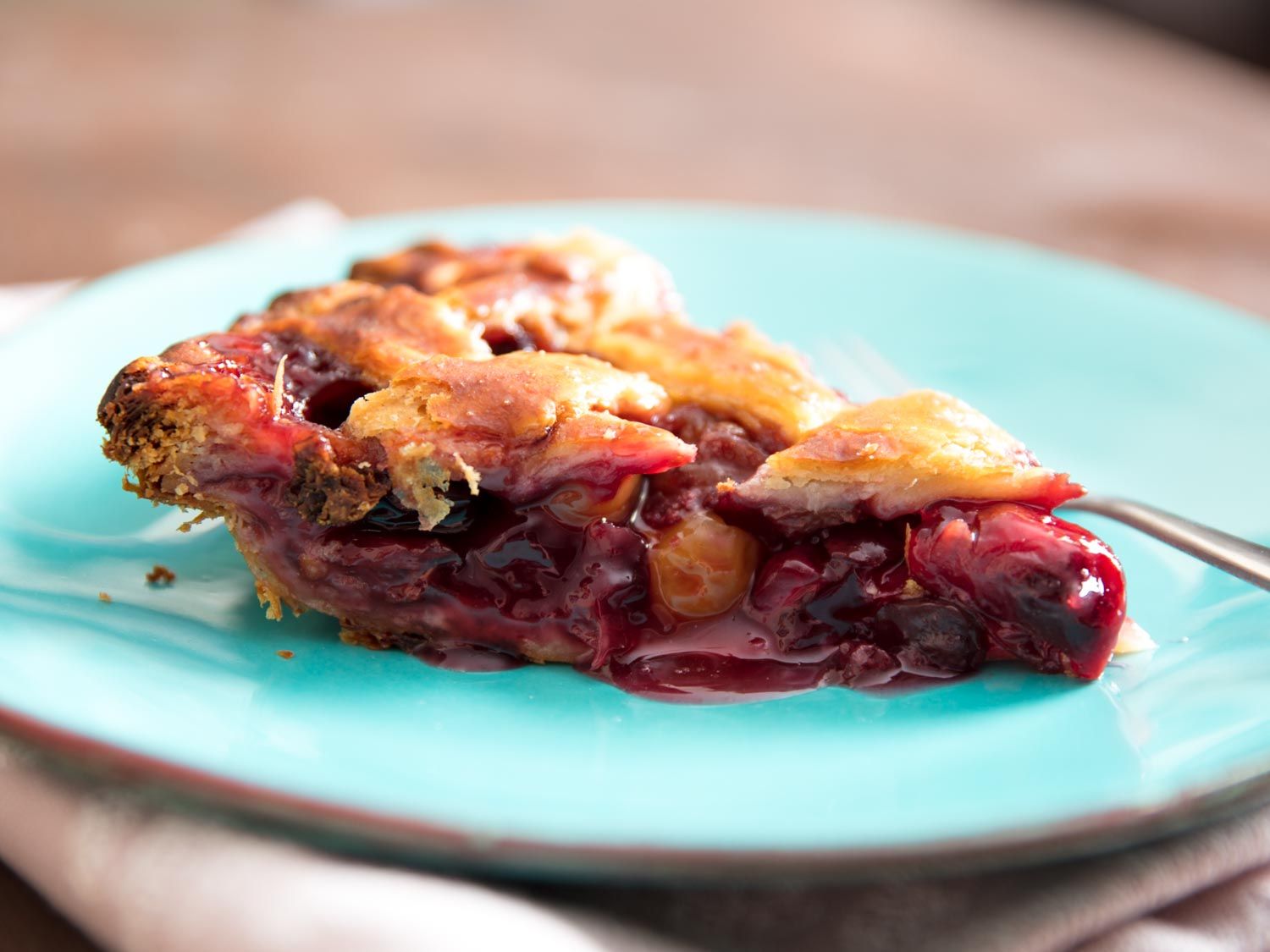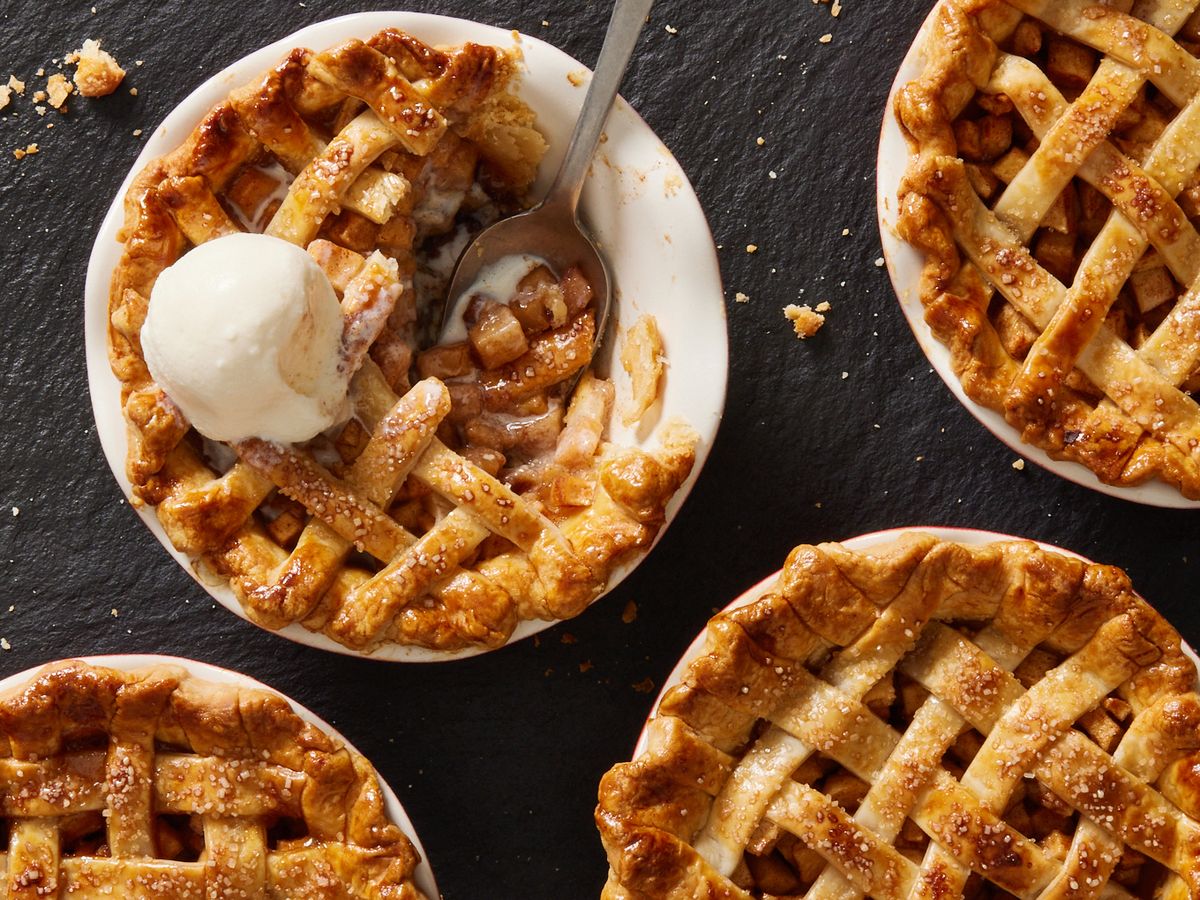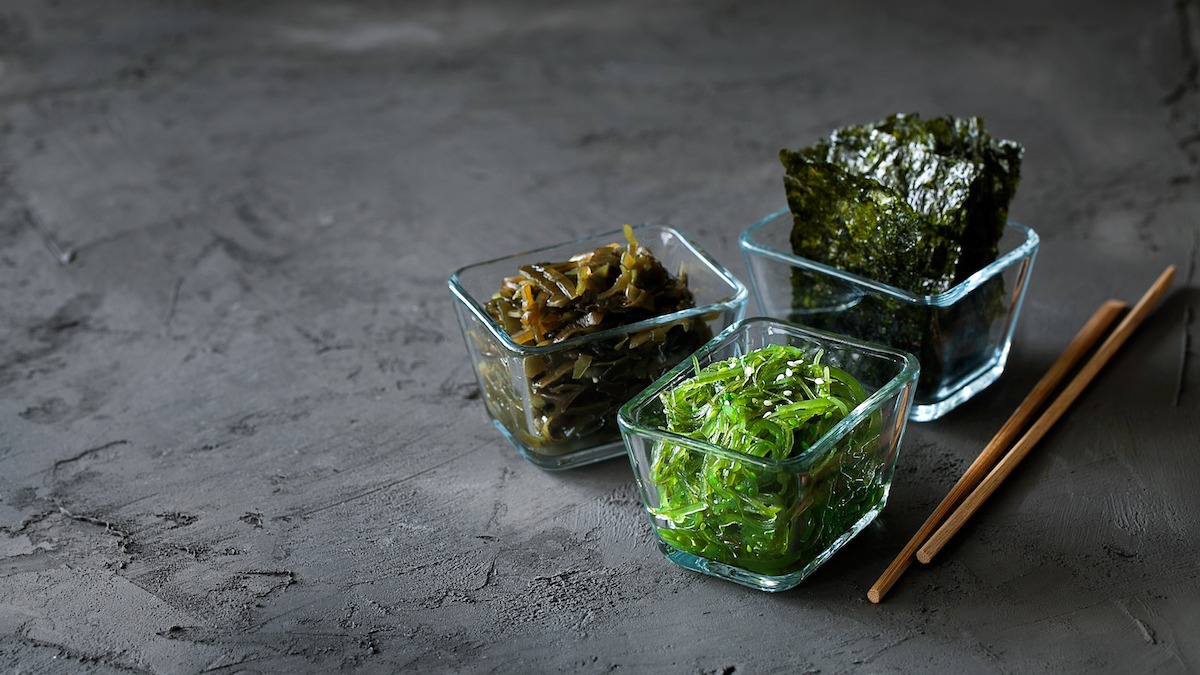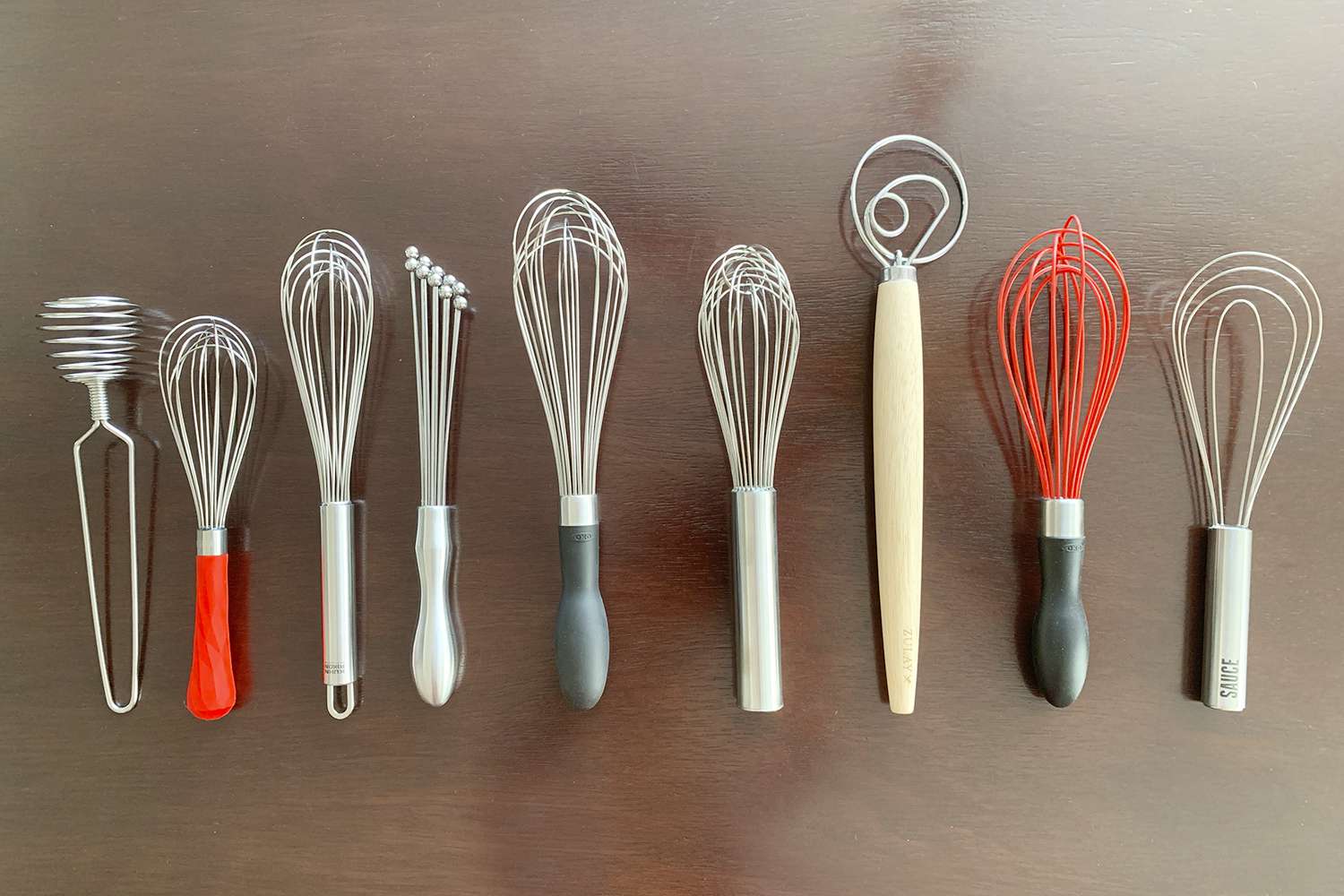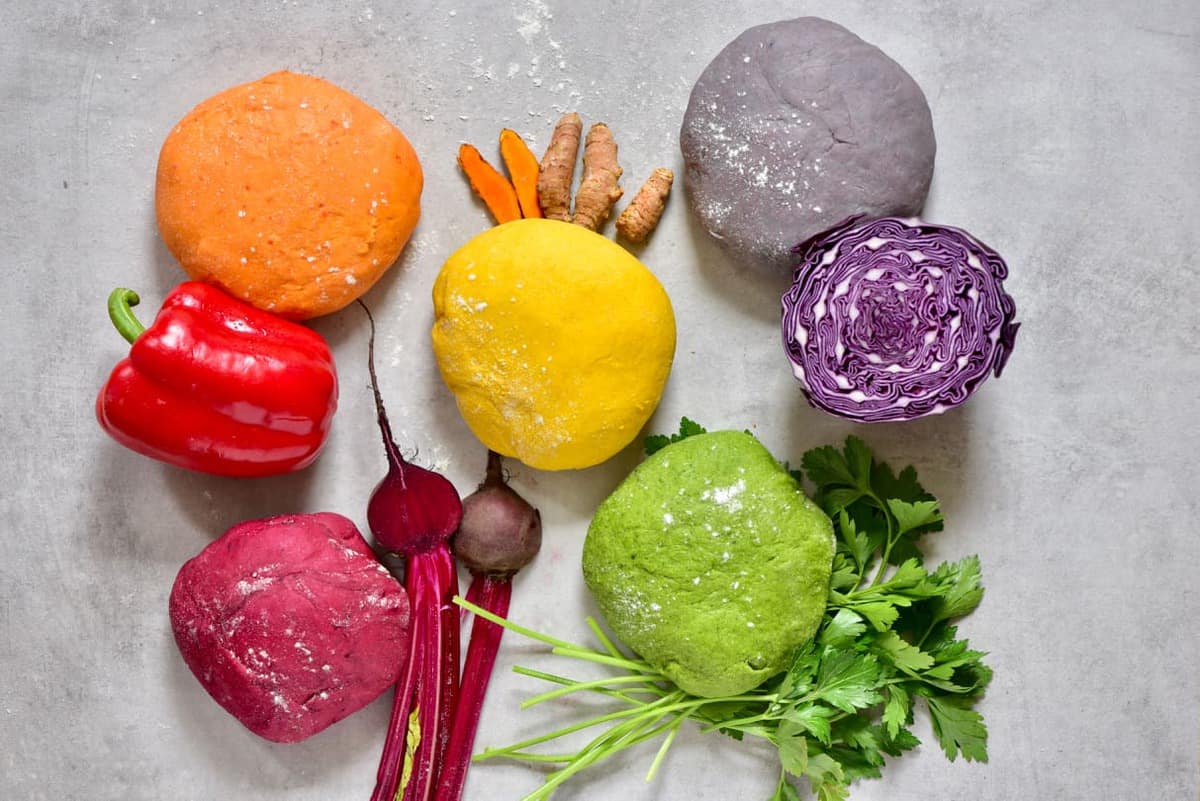How to Cut Leeks: A Step-by-Step Guide
Leeks are a versatile and flavorful vegetable that can elevate the taste of any dish, from soups to salads and everything in between. However, many people are intimidated by the process of cutting and preparing leeks. In this guide, we will walk you through the steps of cutting leeks like a pro. So, grab your knife and let’s get started!
Step 1: Gather Your Tools and Ingredients
Before you begin, make sure you have the necessary tools and ingredients:
- Fresh leeks
- A sharp knife
- Cutting board
- Water
Step 2: Trim the Roots and Remove the Outer Layers
Start by trimming the roots of the leek. Cut off the woody part at the bottom, leaving about half an inch of the white and light green part. Next, remove the tough outer layers. These can be tough and fibrous, so it’s best to discard them.
Step 3: Rinse the Leeks
Leeks can be quite sandy, so it’s important to rinse them thoroughly. Slice the leek lengthwise, keeping the root intact. Hold the leek under cold running water, fanning out the layers to remove any dirt or sand that may be hiding. Pat dry with a clean towel or paper towel.
Step 4: Decide on the Cut
Now that your leeks are clean, it’s time to decide how you want to cut them. Leeks can be sliced, chopped, or julienned, depending on your recipe and personal preference.
Step 5: Slice the Leeks
If you want to slice the leeks, start by halving them lengthwise. Lay each half flat-side down on the cutting board and slice crosswise into thin half-moons. Remember to use a gentle rocking motion with your knife to ensure even, consistent slices.
Step 6: Chop the Leeks
If you prefer a chopped cut, start by halving the leeks lengthwise. Lay each half flat-side down on the cutting board and chop crosswise into your desired size. You can make the pieces as small or large as you like, depending on your recipe requirements.
Step 7: Julienned Leeks
If you’re looking for a more elegant presentation, julienned leeks are the way to go. After halving the leeks lengthwise, lay each half flat-side down on the cutting board. Slice them lengthwise into thin strips, similar to matchsticks.
Step 8: Rinse Again (Optional)
If your recipe requires a milder flavor or you prefer a cleaner taste, you can give the cut leeks one more rinse to remove any remaining grit. However, this step is optional and not always necessary.
Step 9: Use in Your Recipe
Now that you have perfectly cut leeks, you can use them in a variety of recipes. They add a unique depth of flavor to soups, stews, stir-fries, and even roasted dishes. Get creative and explore different ways to incorporate leeks into your meals.
Congratulations! You are now equipped with the knowledge and skills to cut leeks like a pro. Whether you choose to slice, chop, or julienne, these techniques will help you unlock the full potential of this delicious vegetable. Happy cooking!
More Delicious Leek Recipes to Try
Now that you've mastered the art of cutting leeks, it's time to put your skills to the test with some delicious recipes. From comforting soups to savory pies, leeks add a subtle, sweet depth to a variety of dishes. Try the Chicken and Leek Pie Recipe for a hearty meal, or the Creamy Potato Leek Soup Recipe for a classic preparation. For those looking to impress at their next brunch, the Leek and Goat Cheese Tart Recipe is recommended. Each recipe provides a wonderful opportunity to practice your leek-prepping skills while creating dishes that are sure to delight any palate.
Was this page helpful?
Read Next: How To Cut Beef For Stir Fries
